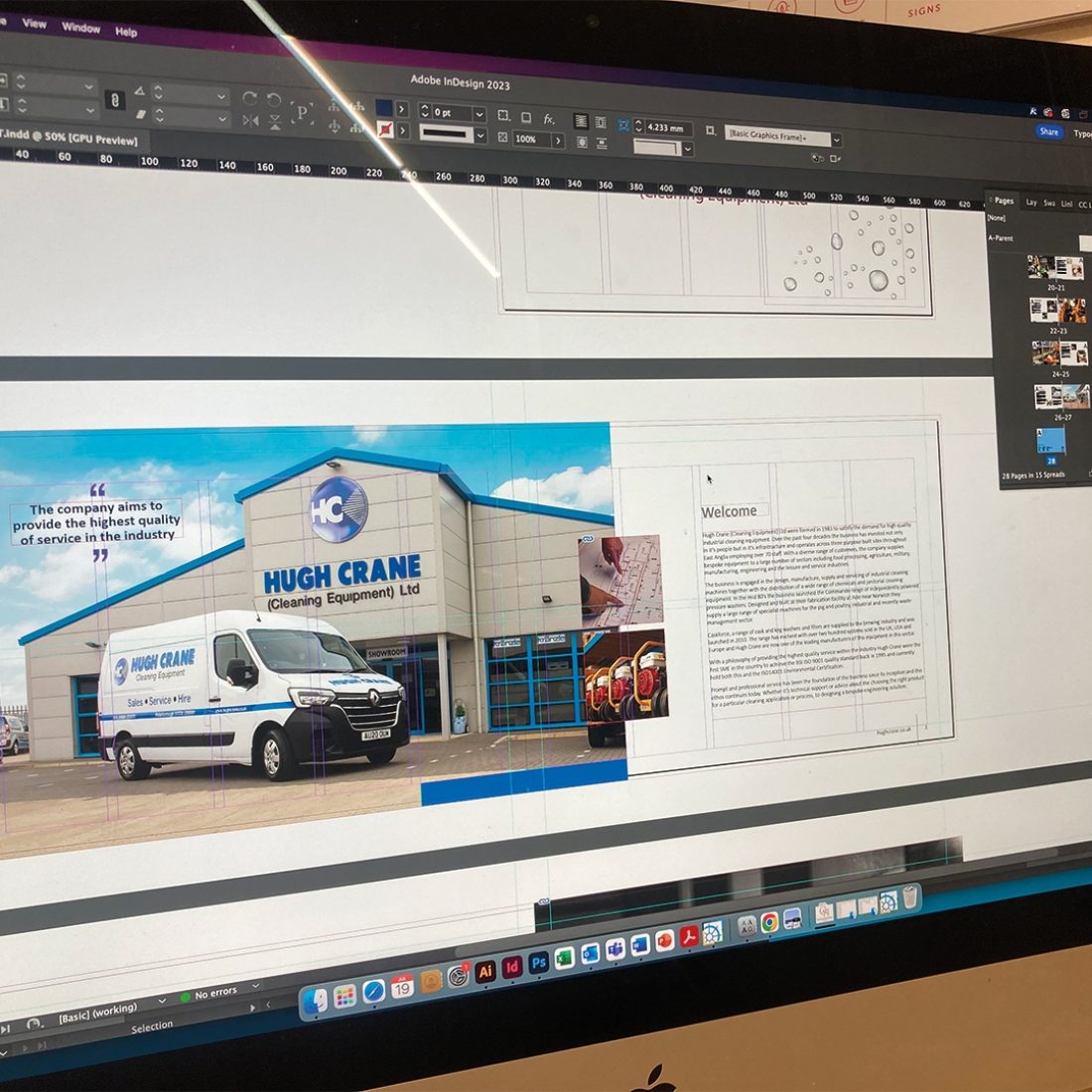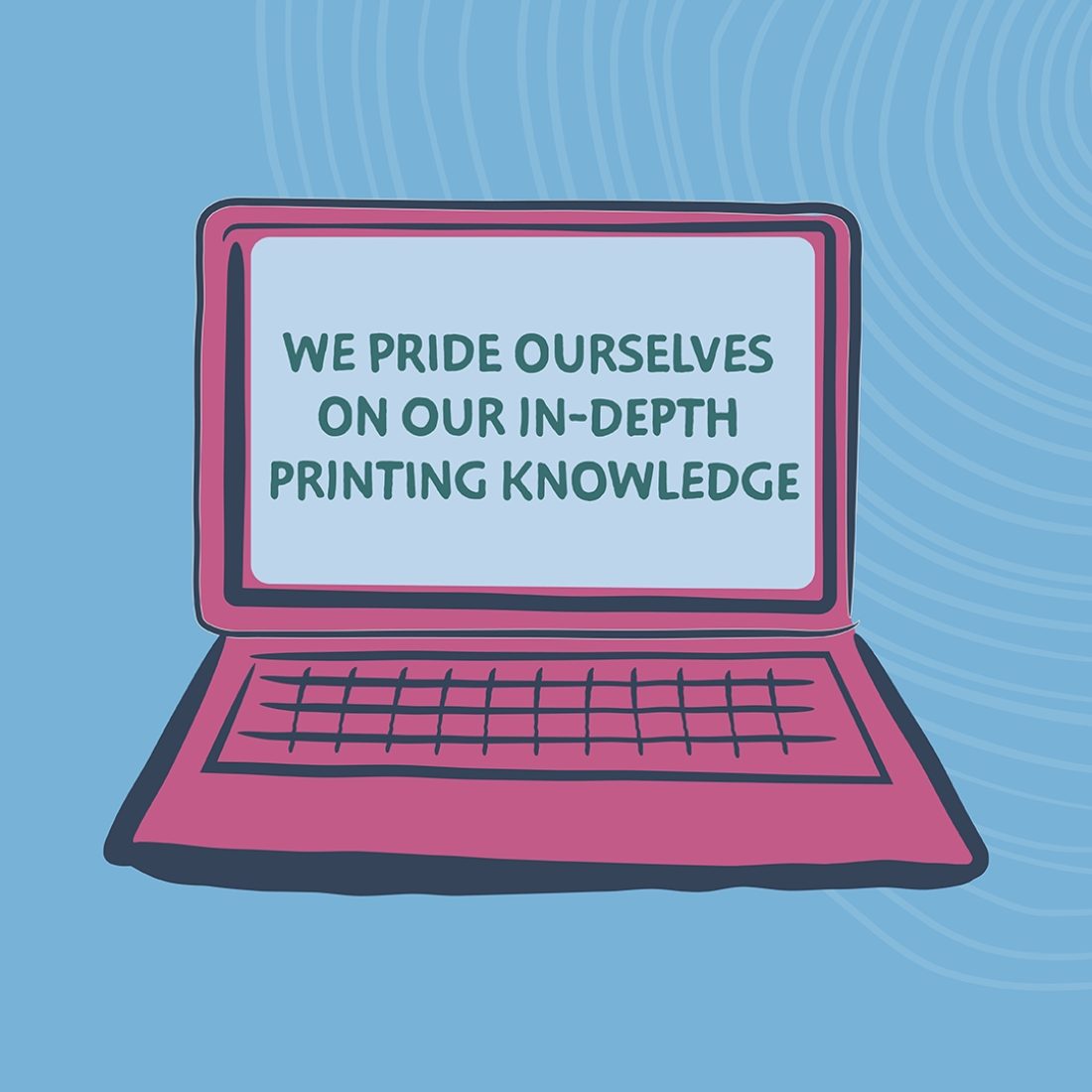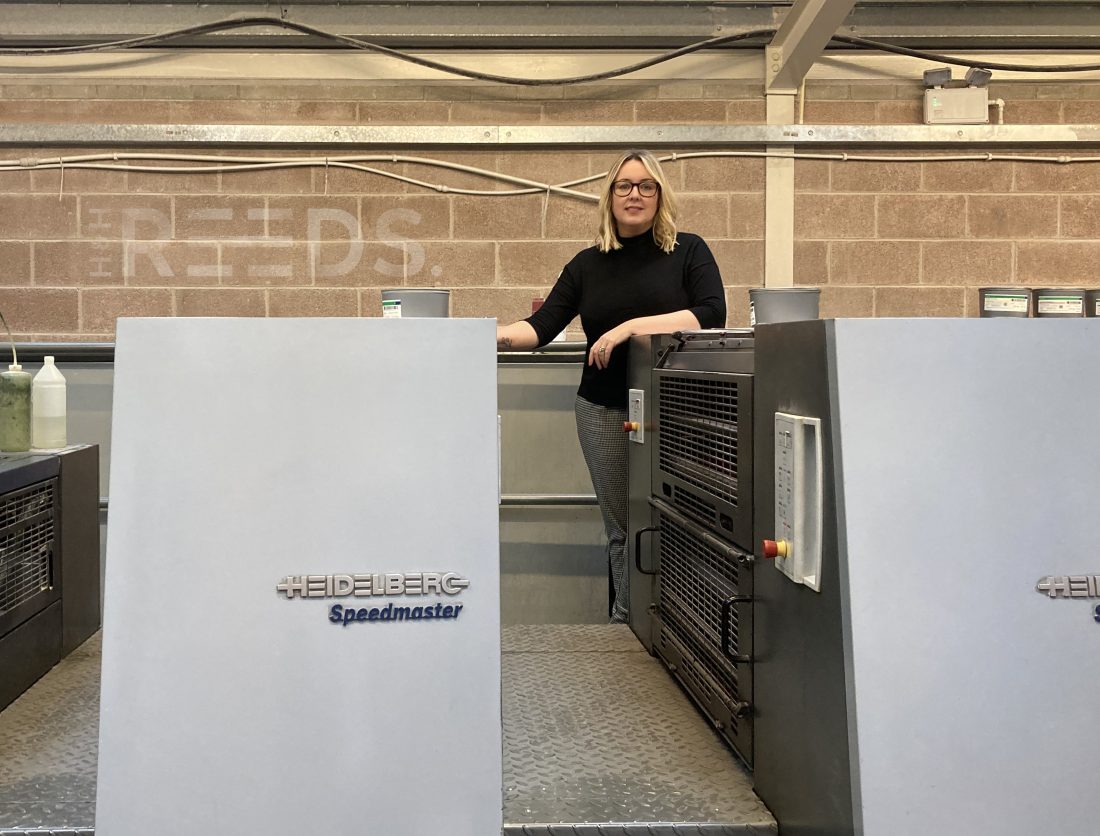Image Files
Before sending to print, we check the file types of each image. Commonly used are high-quality JPGs and TIFF files, set to the correct size, colour space, and resolution as mentioned above. While a JPG image can be suitable for print, there is a possibility of loss in quality. On the other hand, TIFF files, although larger than JPGs, ensure that you won't compromise any quality in your print.
Print Files
From the outset of any project, we prioritise the final printed result. Properly configuring our files before diving into the design process is crucial. This involves setting the artboard to the correct size, including margins and bleed. Once the design is approved, we generate a print-ready PDF, carefully selecting the necessary settings to ensure a high quality print. It's important not to forget to incorporate crop marks and bleed, which extend beyond the finished size by approximately 3mm on each edge, enhancing the overall design.
Paper Stock
Another factor to consider is the paper stock the intended print is to go on. It is essential to find the right paper weight and finish for the desired effect – there are endless options, but we mainly work with silk, uncoated and gloss stock. These come in a variety of weights so we can advise on the best solution for what our client is looking for.




